[New Sancai Compilation and First Release] There are usually all kinds of people in family trees. Some of them live glorious and inspiring lives, and some of them live heartbreaking and unbearable lives. Here are nine categories commonly found in family trees.
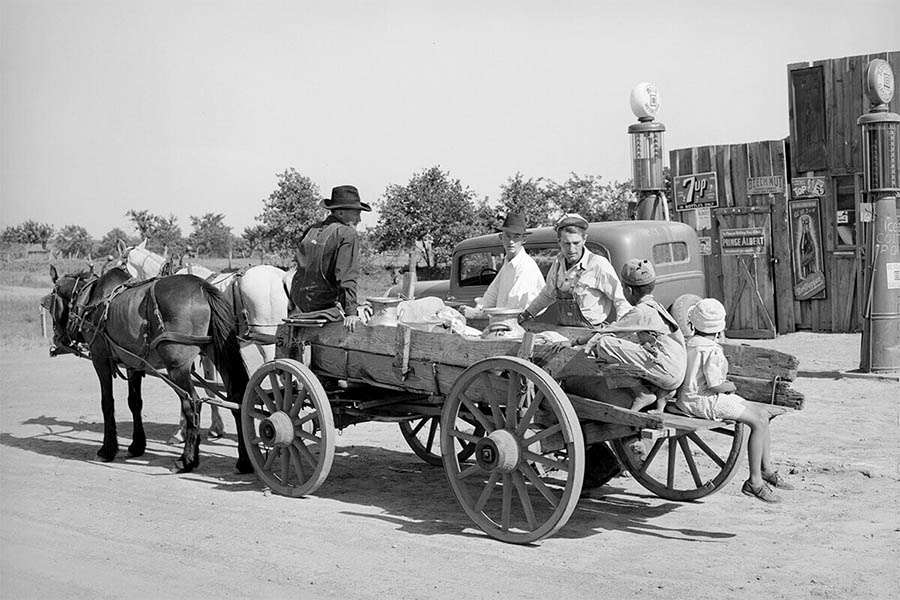
△ Immigration: Starting in 1845, the potato famine occurred in Ireland. In less than five years, more than a million Irish people died of starvation, and about a million immigrated to Britain, Canada, Australia, and the United States to escape the famine. Today, many people around the world can trace their ancestry back to Ireland. Celebrities such as John F. Kennedy, Walt Disney and George Clooney all have Irish ancestors.
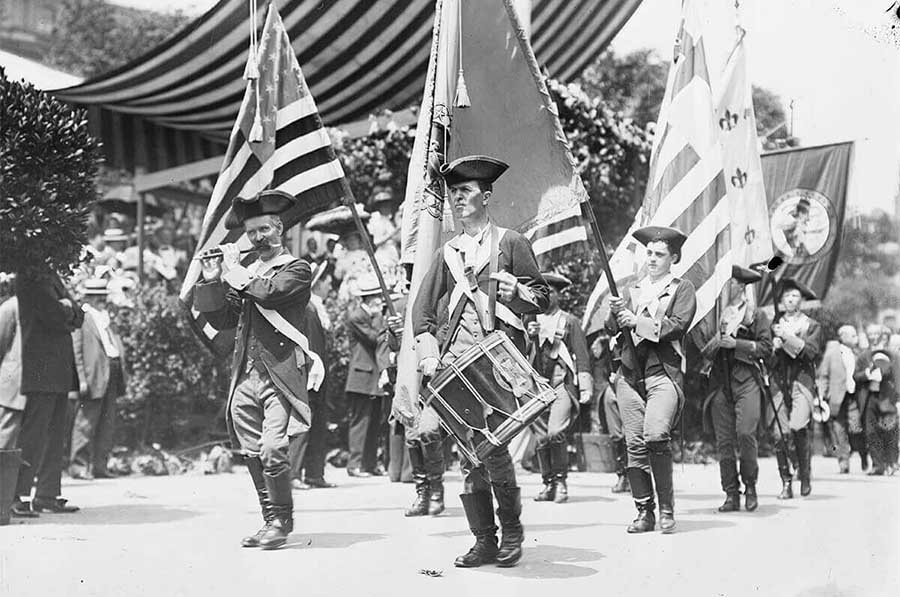
△ Soldiers: Throughout the Revolutionary War, approximately 230,000 soldiers and 145,000 militiamen (non-professional combatants) served in the Continental Army. Any able-bodied male between the ages of 16 and 55 could enlist, earning a monthly salary of $6 to $8. Those who joined the Continental Army came from diverse backgrounds, from British merchants to German farmers to African Americans hoping to win their freedom.
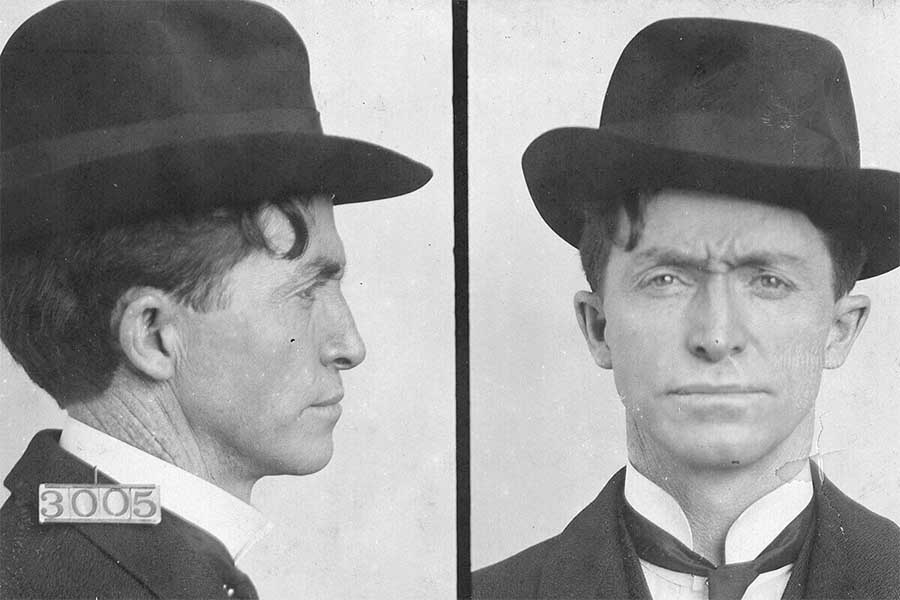
△ Criminals: In the 18th century, the British government sent thousands of prisoners to the American colonies to relieve Britain's overcrowded prisons. After the United States became independent, criminals were instead exiled to Australia. Between 1788 and 1868, Britain transported more than 160,000 convicts to Australia by ship. Most of these criminals were charged with misdemeanors such as theft or forgery.
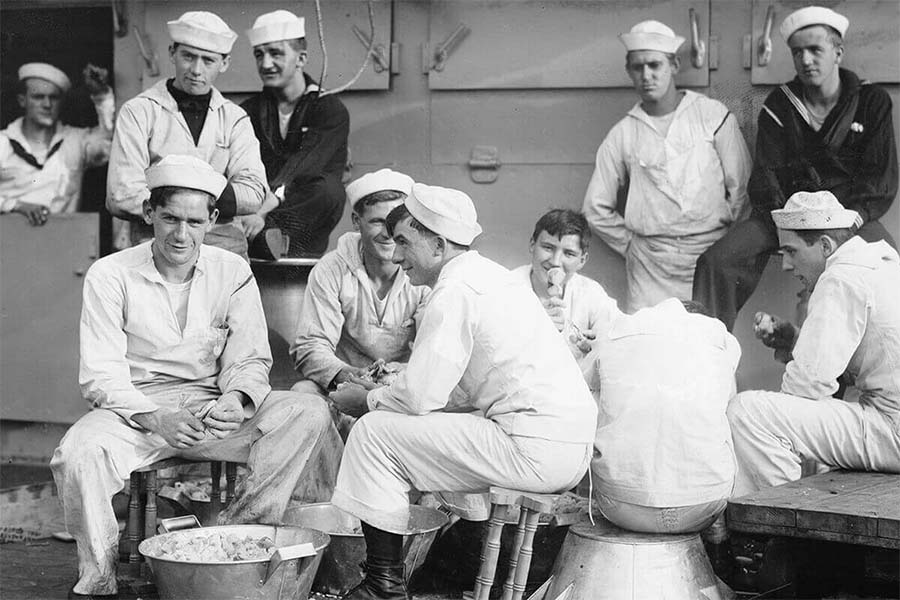
△ Sailor: Is there anything more exciting than traveling around the world? When sailing ships dominated the Atlantic and Pacific oceans, people gave life at sea a try for many reasons: profit, career advancement, or just a taste of adventure. Sailors may also join the Navy or commercial fleet in the future.
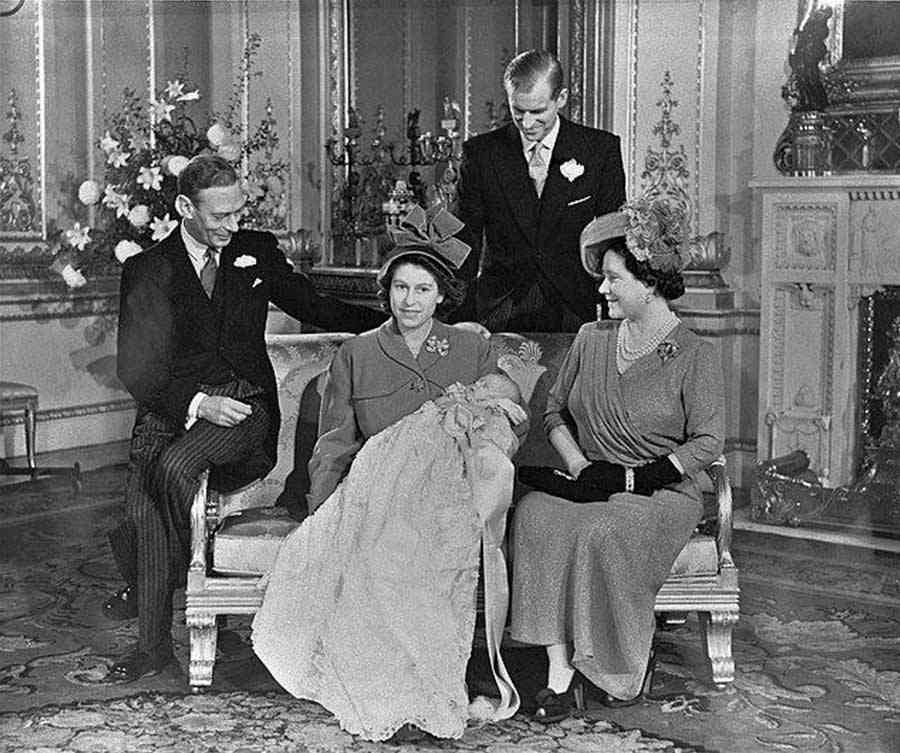
△ Royal Family: If you have colonial ancestors, you may have a British king and queen in your family tree. More than 600 colonists who settled in America are known to have been identified as descendants of the royal family. Many high-status colonists were also the youngest sons of British aristocratic families. By law, they could not inherit land, so they traveled to the United States in search of better opportunities. Their aristocratic families can often be traced back to medieval royalty through female lineage or illegitimate children.
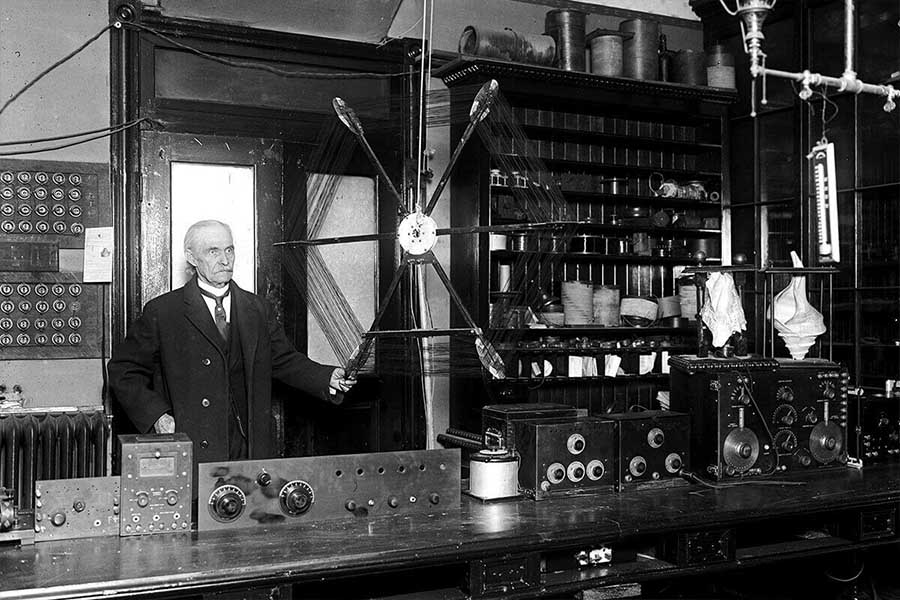
△ Inventors: Did your ancestors think outside the box? The 19th and 20th centuries prospered with advances in science, technology, and medicine. The establishment of the US Patent Office enables inventors to protect their innovations and make relevant files available for inspection. In 1790, Samuel Hopkins received the first U.S. patent for a method of processing fertilizer ingredients.
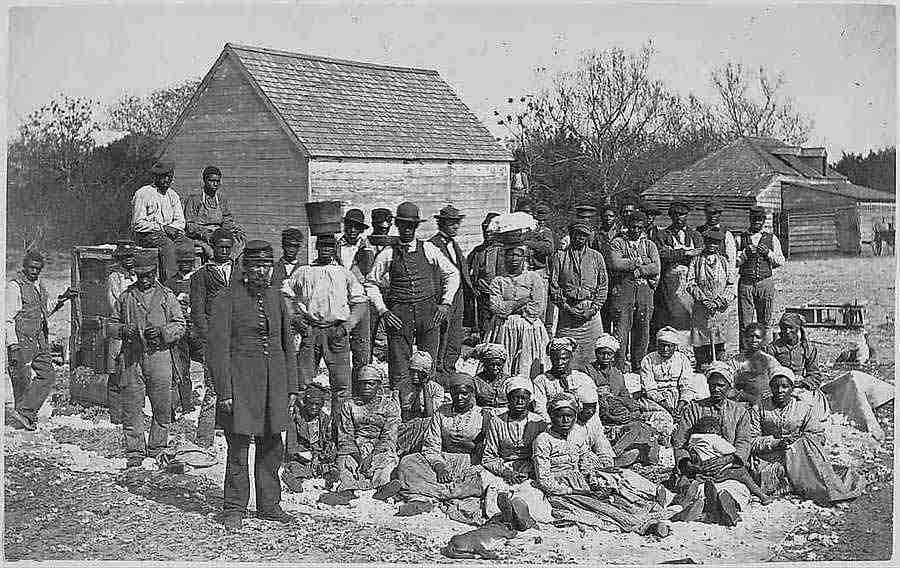
△ Freedman: In 1865, after the Civil War, nearly 3.9 million African Americans were liberated from slavery. Known as "freedmen," they held U.S. citizenship and were granted the right to vote in 1870. While some freedmen chose to remain on the plantations, others decided to build freedman towns, which were often built in border states such as Oklahoma and Texas. The U.S. government also established the Freedmen's Bureau to help freedmen establish schools, health care, and legal representation. Although the bureau was short-lived (disbanded in the 1870s), freedmen continued to care for their communities by founding African American churches and civic organizations.
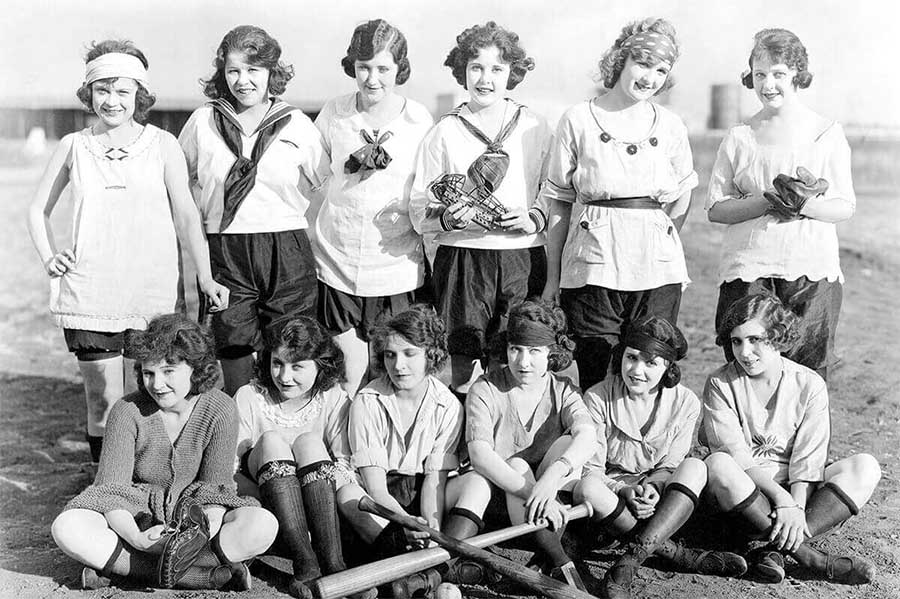
△Athletes: Sports have a deep foundation in American history, and baseball is the favorite pastime of the American people. As early as the 1850s, New York City spectators packed the seats for baseball games. As the professional leagues developed, the sport spread across the country like wildfire. In the 19th century, the rise of various sports led to the establishment of sports clubs by students across the United States. By the 20th century, teams had grown at every level, from professional leagues, to colleges, to high schools.
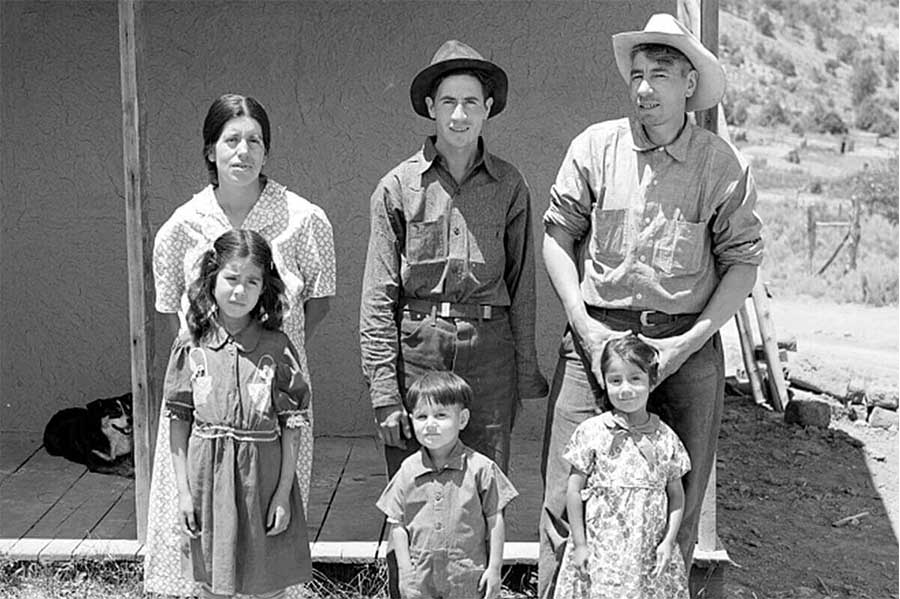
△ Cowboy (Vaquero): When the Spanish brought herding traditions to Mexico in the 16th century, they introduced the role of the cowboy. Cowboys were cattle ranchers on horseback, originally Native Americans who worked for Spanish missionaries and haciendas. They started the cowboy tradition by passing on their herding knowledge to the new residents who moved in. Later, the cowboy has become a legendary icon of the American West.
(Author: Jessica Morgan)
(Compiled by: Bai Ding)
(Editor: Jiang Qiming)
(Source of the article: Compiled and published by New Sancai)
